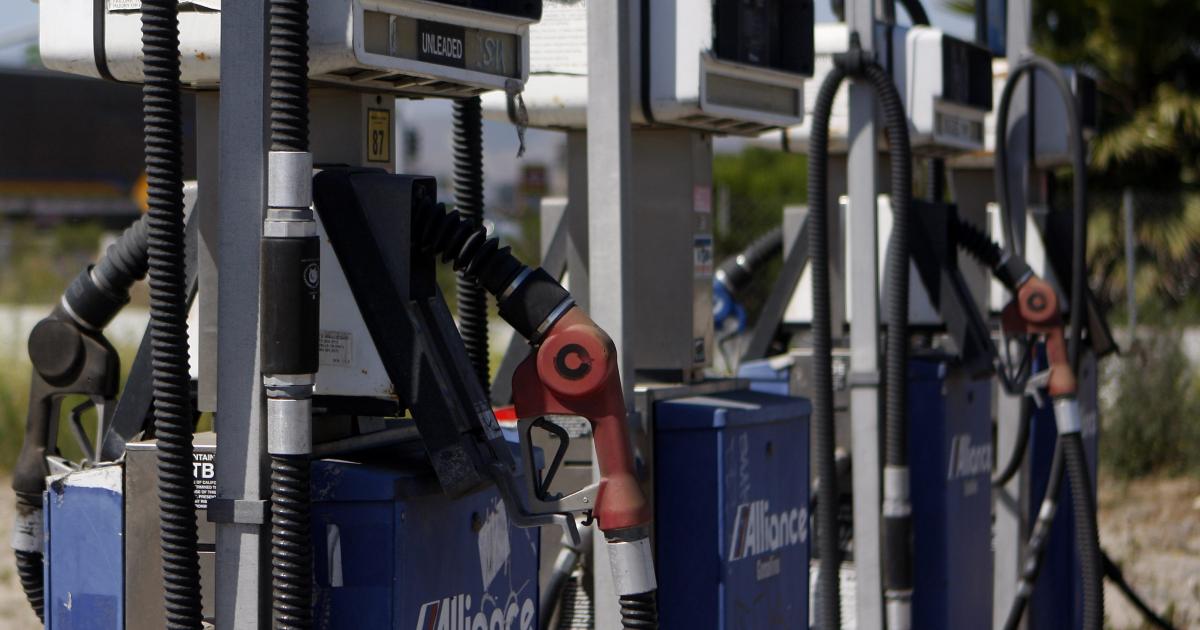Gas prices across the US are rising. After the national average price for regular gas bottomed out beneath $2 per gallon in April 2020, it has shot back up to $3.32—the highest it’s been since 2014, according to data from the US Energy Information Administration (EIA). In response, US president Joe Biden directed federal regulators on Nov. 17 to investigate “mounting evidence of anti-consumer behavior by oil and gas companies.”
Biden—whose poll numbers have taken a hit because of rising gas prices, among other gripes—has sought to direct blame onto gas giants like ExxonMobil and Chevron for price gouging consumers. But there’s a less nefarious explanation for why US gas prices are rising: It’s yet another instance of the pandemic throwing supply and demand out of whack.
Refiners cut gas production during the pandemic
Around April 2020, US demand for automotive gasoline tanked as state governments declared lockdowns, companies shifted to remote work, and people cut down on non-essential travel. The sudden drop in consumption created a glut of gas inventory in the US, which helped lower pump prices below $2 per gallon.
In response, oil refiners cut their gas production by nearly 40%, from a peak of about 1.8 million barrels per day pre-pandemic to a low of 1.1 million barrels per day in May 2020. Fearing that gasoline demand might never return, some refiners permanently shut down plants, shrinking the US’s overall refining capacity by 4.5%. A devastating freeze in Texas knocked even more refining plants offline this February.
Gas demand returned faster than refinery production
This year, gas demand has recovered almost entirely to pre-pandemic levels. As 60% of the population got fully vaccinated and US states have lifted most public health restrictions, Americans are once again on the road and burning fuel. But oil refineries haven’t yet returned to full gas production—an onerous process that will involve restarting stalled plants and opening new ones.
“The US industry needs at least 6 months, maybe a year, to move from hunkering down to a serious ramp up of production,” said Clark Williams-Derry, who studies energy markets at the green energy-focused Sightline Institute. “You can’t just flip a switch.”
After nearly a year of full-tilt consumption, the US has burned through its gas supply. The glut is gone, and the national gas inventory has now dropped about 6% lower than its pre-pandemic levels.
As a result, gas prices are rising again. Historically, prices have risen as gas inventories declined. The latest drop in inventory is the most significant in more than three years.
When will US gas prices go down?
The EIA predicts that gas prices will peak in November and fall steadily for the following year. Any long-term dip in prices will likely be driven by an increase in refinery production, rather than one-off sales from national reserves or slow-moving regulatory investigations.
